Memory Integrity is an essential security feature in Windows 11 that utilizes virtualization-based security to safeguard your system's critical processes from kernel-level attacks. Activating this feature enhances your PC's protection, but you might encounter an incompatible driver error that prevents it from enabling. This error can be caused by drivers or devices that aren't even installed on your system. Fortunately, several solutions can help you resolve this issue.
Method 1: Delete the Incompatible Driver Using Windows Terminal
One effective way to fix the incompatible driver error is by removing the problematic driver using Windows Terminal. Before proceeding, make sure you've noted the Published name of the driver causing the issue. You can find this information in the 'Core isolation' settings within the Windows Security app.
Step 1: Open the Start Menu and type Terminal in the search bar. Right-click on the 'Terminal' app from the search results and select 'Run as administrator' to launch it with administrative privileges.

Step 2: If prompted by the User Account Control (UAC), click 'Yes' to grant permission.

Step 3: In the Terminal window, enter the following command to list all installed drivers and press Enter:
pnputil /enum-drivers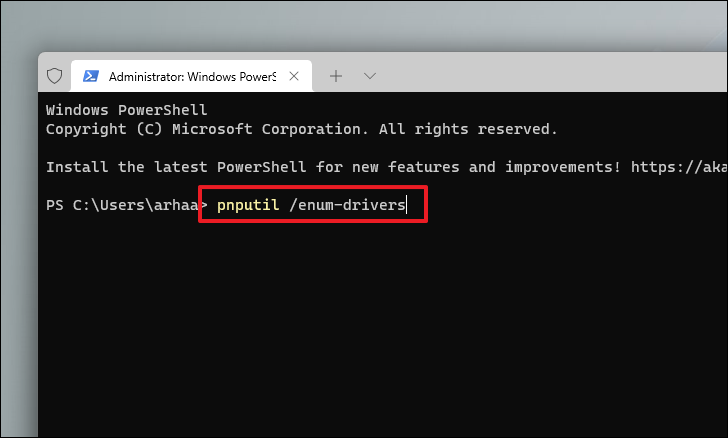
Step 4: Scroll through the list to locate the driver that's causing the issue, using the 'Published name' you noted earlier.
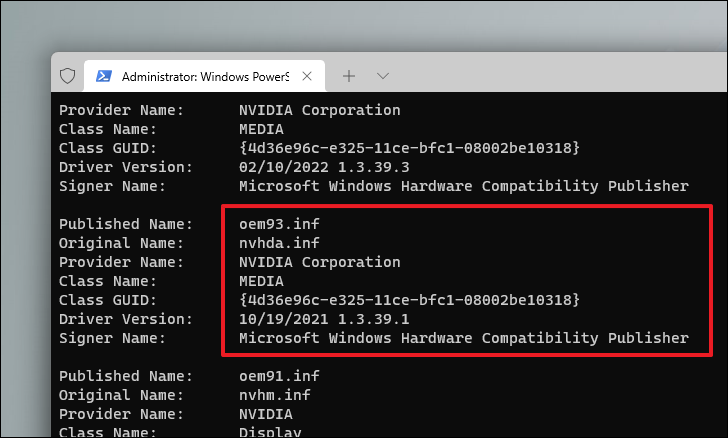
Step 5: Once you've found the driver, run the following command to delete it, replacing <published name> with the actual published name (e.g., oem123.inf):
pnputil /delete-driver <published name>Note: Deleting a driver can affect system stability. Ensure that the driver is non-essential before removing it.
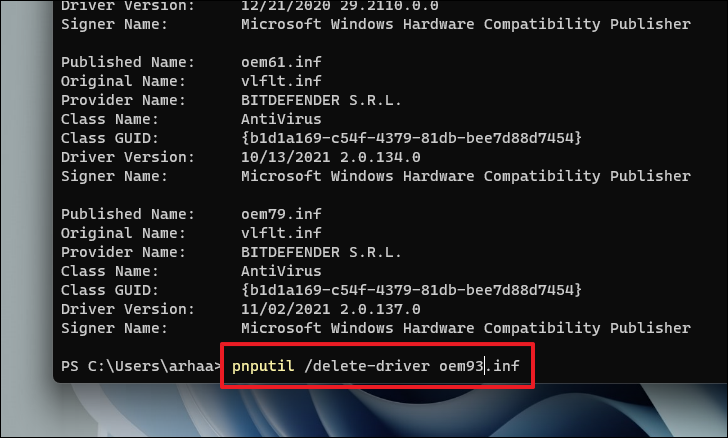
Step 6: After deleting the driver, navigate back to the 'Core isolation' settings in the Windows Security app and attempt to enable Memory Integrity.

Step 7: Restart your computer to apply the changes. You can click 'Restart' when prompted or reboot from the Start Menu at your convenience.

Method 2: Enable Memory Integrity After Performing a Clean Boot
If the problem persists, performing a clean boot can help eliminate software conflicts that might be preventing Memory Integrity from enabling.
Step 1: Press Windows+R to open the Run dialog box. Type msconfig and press Enter to open the System Configuration utility.
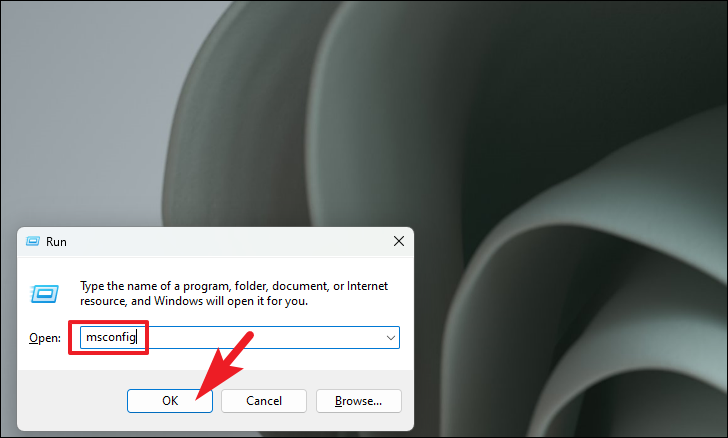
Step 2: In the 'General' tab, select 'Selective startup' and uncheck 'Load startup items' while ensuring 'Load system services' is checked.
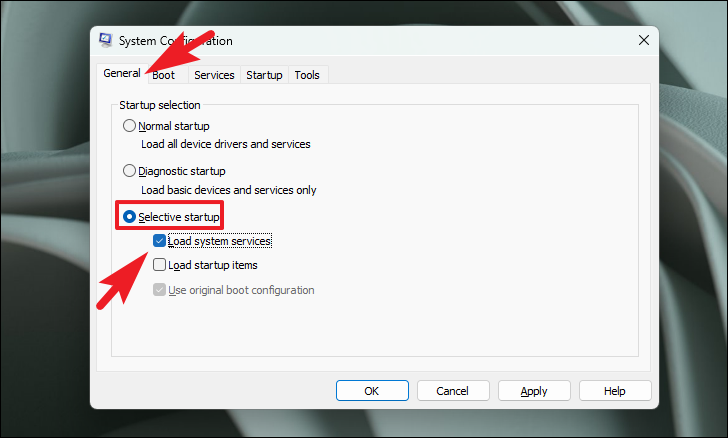
Step 3: Go to the 'Services' tab, check 'Hide all Microsoft services' to filter out essential services, and click 'Disable all' to stop all third-party services.
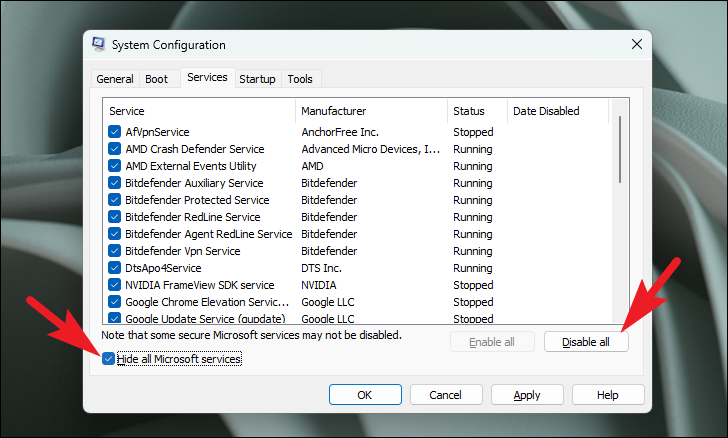
Step 4: Click 'Apply' and then 'OK' to save the settings. Restart your PC when prompted to boot into a clean environment.

Step 5: After the reboot, go to the 'Core isolation' settings and try enabling Memory Integrity again.
Step 6: To return to normal operation, open the System Configuration utility, select 'Normal startup' under the 'General' tab, and restart your computer.
Method 3: Turn On the Virtual Machine Platform and Windows Hypervisor Platform Features
Activating these optional features can resolve compatibility issues by ensuring all necessary virtualization components are enabled.
Step 1: Open the Start Menu and click on 'Settings' or press Windows+I to access the Settings app.
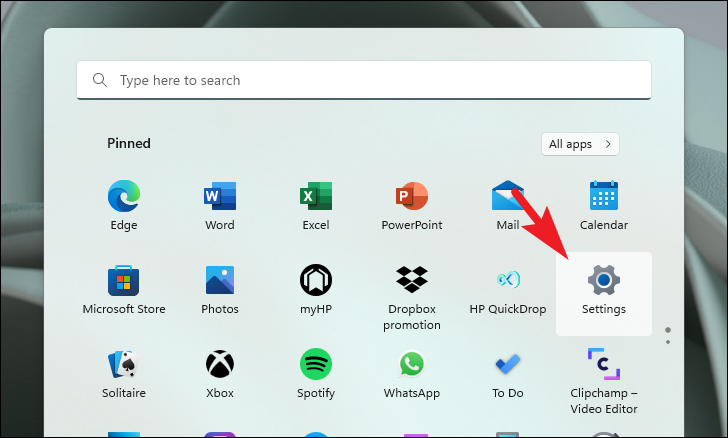
Step 2: In the Settings window, select 'Apps' from the left-hand menu.
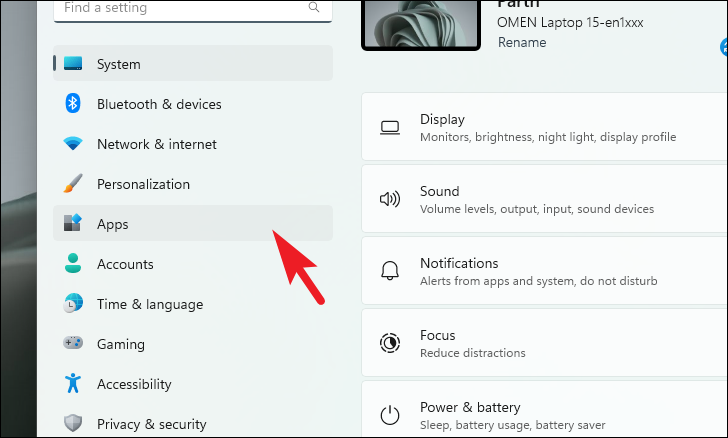
Step 3: Click on 'Optional features' on the right side of the window.
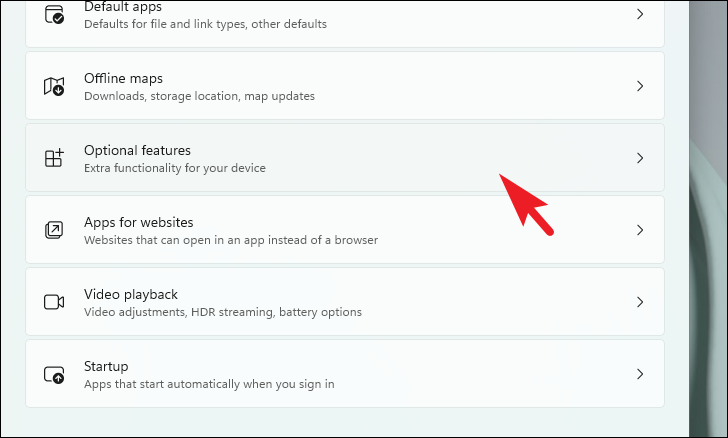
Step 4: Scroll down and under 'Related settings,' click on 'More Windows features' to open the Windows Features dialog box.

Step 5: In the Windows Features list, locate and check both 'Virtual Machine Platform' and 'Windows Hypervisor Platform.'
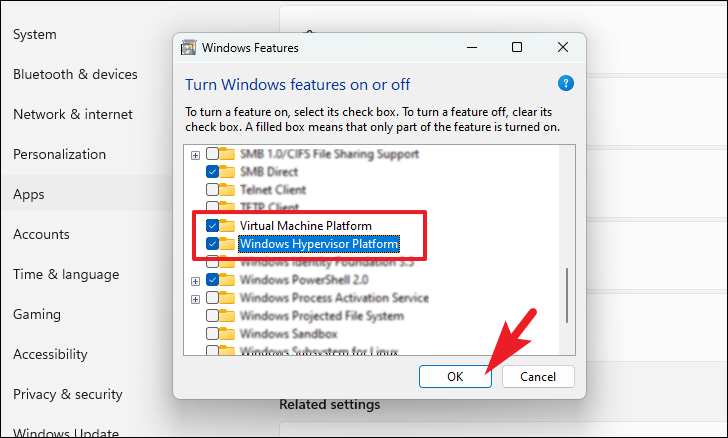
Step 6: Click 'OK' to install these features. Windows will apply the changes, and you may need to restart your computer. If prompted, click 'Restart now.'

Step 7: After rebooting, attempt to enable Memory Integrity from the 'Core isolation' settings.
Method 4: Enable Memory Integrity Using the Group Policy Editor
If standard methods fail, you can try enabling Memory Integrity through the Group Policy Editor. Note that this tool is only available in Windows 11 Pro editions.
Step 1: Open the Start Menu and search for Group Policy. Click on 'Edit Group Policy' to open the Group Policy Editor.

Step 2: In the Group Policy Editor, expand 'Computer Configuration.'

Step 3: Double-click on 'Administrative Templates.'
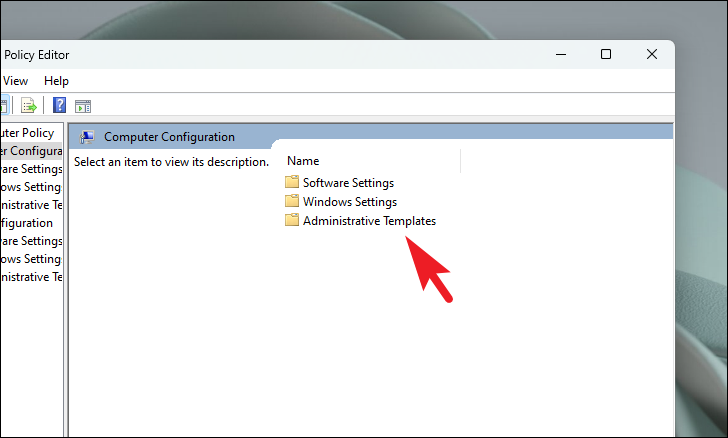
Step 4: Navigate to the 'System' folder.
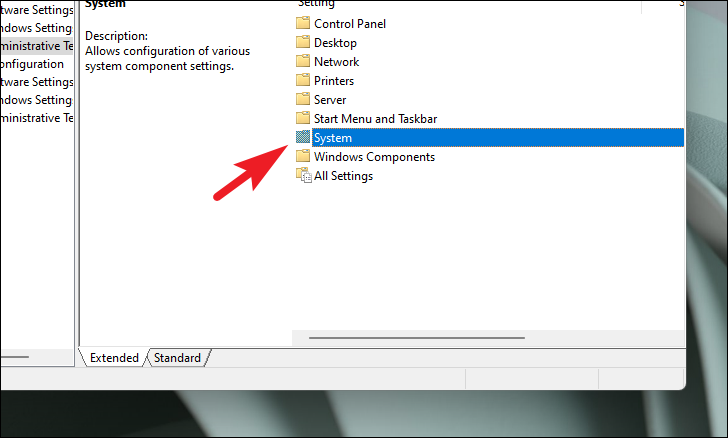
Step 5: Select the 'Device Guard' folder.
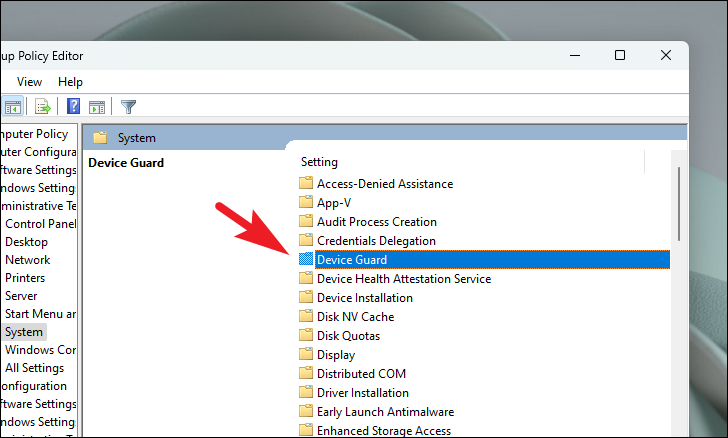
Step 6: Find and double-click on 'Turn on Virtualization Based Security.'
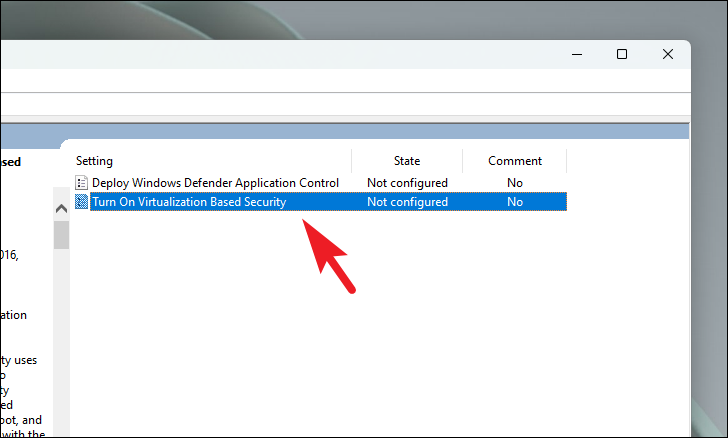
Step 7: In the policy settings window, choose 'Enabled.'
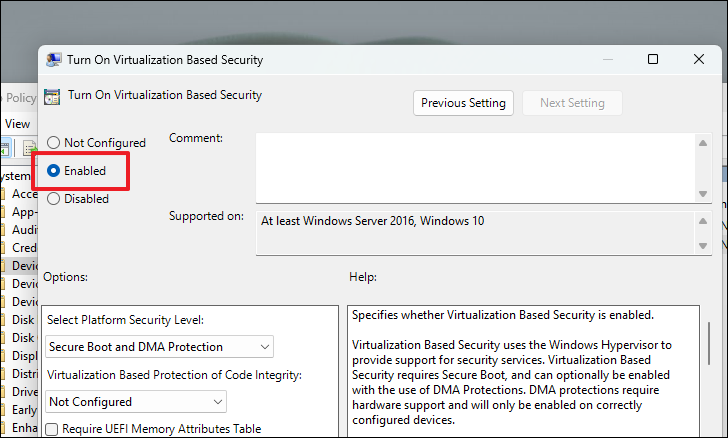
Step 8: Click 'Apply' and then 'OK' to confirm the changes.
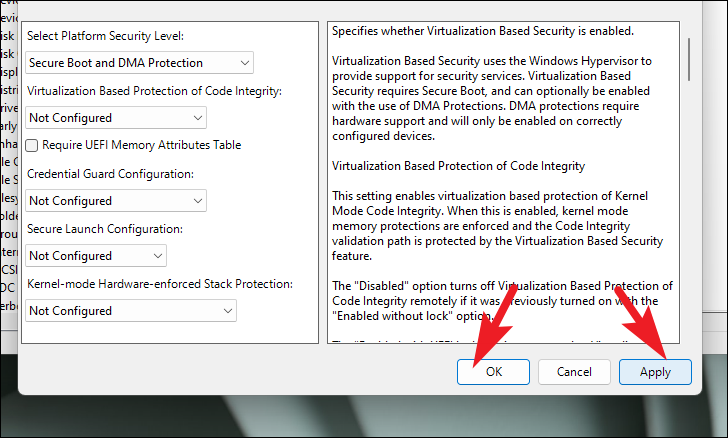
Step 9: Restart your system to apply the new policy settings. After restarting, check if Memory Integrity is enabled.
By following these methods, you should be able to fix the incompatible driver error and enable Memory Integrity on your Windows 11 computer, thereby enhancing your system's protection against advanced threats.


